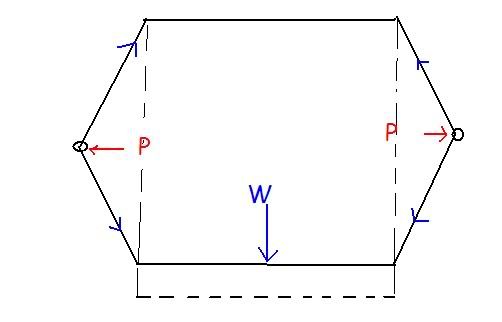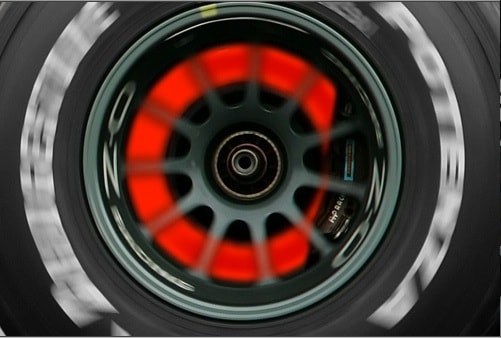Jersey Tom wrote:I'd imagine NASCAR and F1 tires are probably pretty similar in some respects. Drastically different in other specifics of course, but I bet if you cut open a Bridgestone F1 slick it wouldn't look much different from that photo.
Do they use dual tyres in F1? You know, the safety bladders. (I know they are mandatory at NASCAR tracks longer than a mile).

I know that they are a safety feature, but let me ask a couple of questions (well, actually, three of them):
1. Does the inner tyre serve somehow as the inner balloon in... well, Piccard proposed dual compensated balloon? You know, it works
as a kind of pressure equalizer. In this balloon, when the outer balloon stretches at high altitude (because the external air pressure drops) the inner balloon, which is a super-pressurized one, also expands, keeping the volume of the outer, zero pressure, balloon more or less constant. Something (although not equal) to Roziére balloons that allowed long duration flights around the world (with a super-pressure balloon on top of a zero air heated air balloon).
2. There is also a
difference in volume when centripetal force stretches the two tyres, inner and outer. That's why I ask how they behave. Are the differences in centripetal force enough to be "felt"? Does the outer balloon pressure drops because of that?
3. Finally, has this safety bladder any effect on temperature when the outer tyre heats?
The inner one must be cool, because it doesn't flex at all, and probably is able to absorb heat more than "simple" air inside, it has a larger "thermal mass".
I would appreciate any bit of information about that, or any literature (if the effects are noticeable enough for somebody to ponder how it works, I could not find anything).
I know (well, I assume) safety bladders must be a no-no in F1 because of un-suspended mass, but I'm curious. I wonder if they could serve any purpose in F1;
after all, there is a memory I have of Mr. Hamilton crashing a couple of years ago in a very bad way because of an exploding tyre...
I also know that in NASCAR (at least at some tracks or during some seasons) they use different compounds for inner/outer tyres. Could they be used in F1? (joke, joke...).

I wonder how they mount the dual tyres and how they inflate them. I've never seen that. You have to check two pressures.








